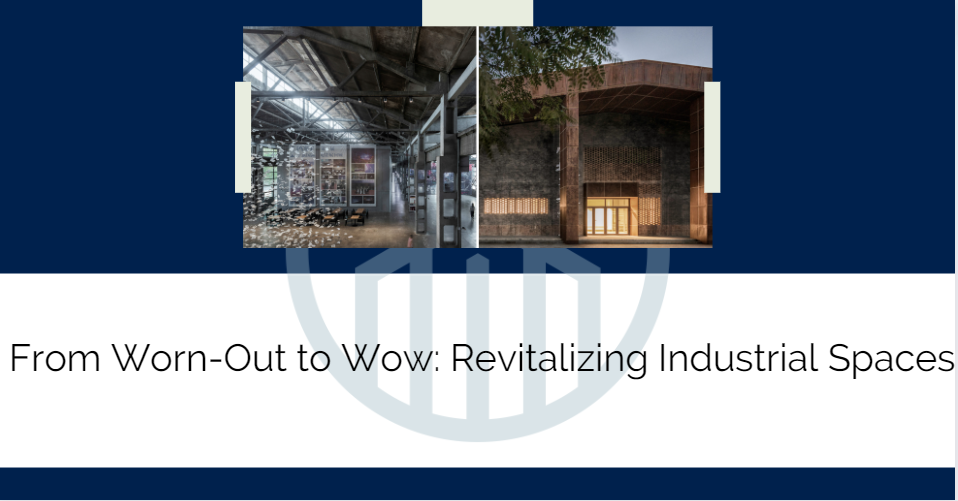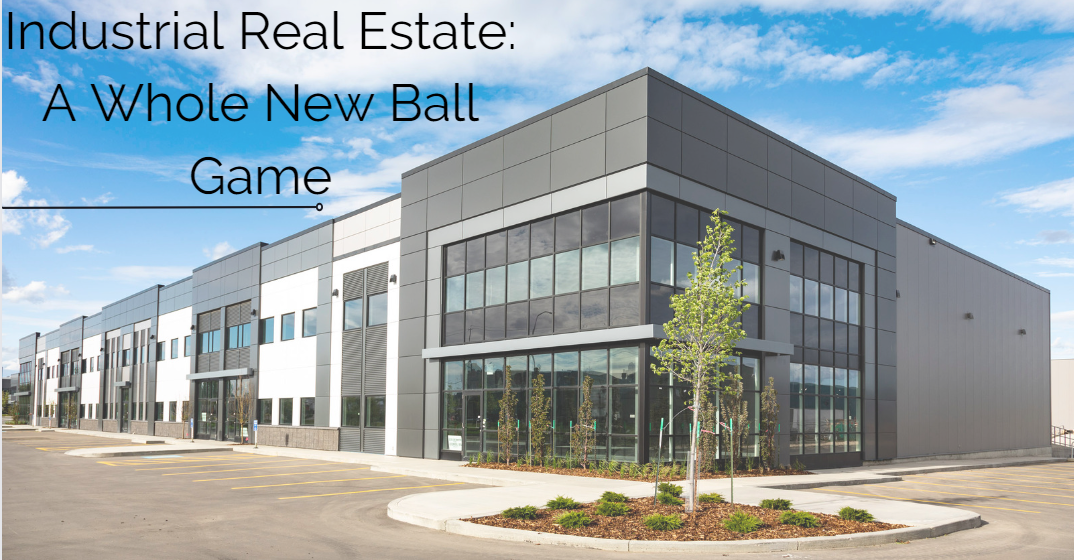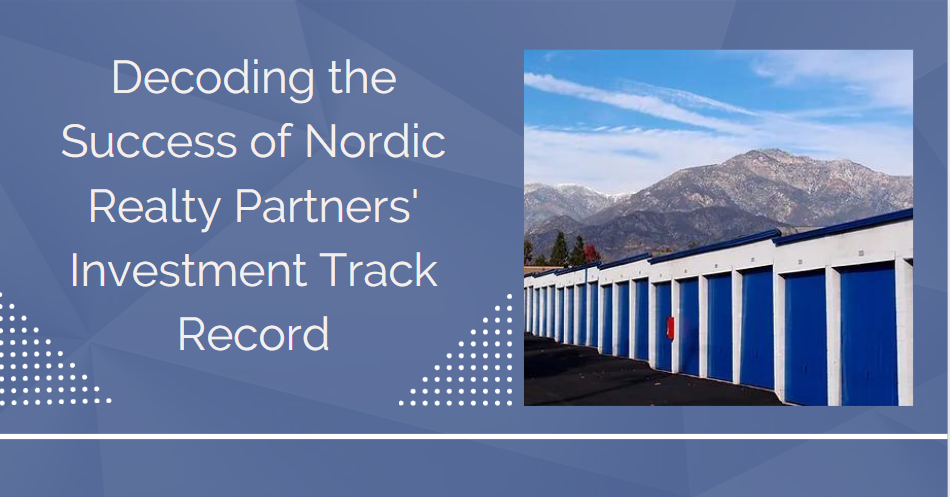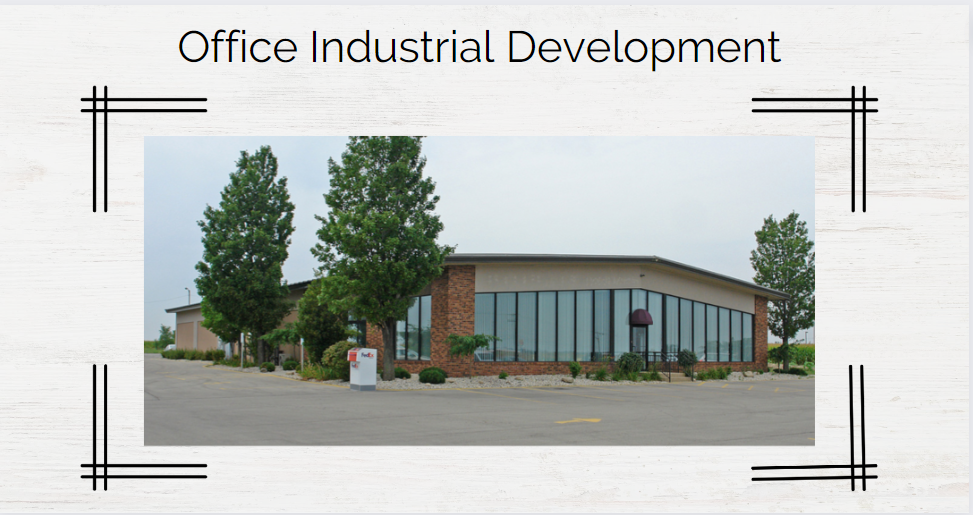While Southern California's industrial real estate market has cooled somewhat over the past 18-24 months, the region remains an attractive hotbed driven by powerful economic forces. Fueled by the area's enduring status as a logistics hub and massive consumer market, the Greater Los Angeles and Inland Empire continue to see healthy appetite for warehouses, distribution centers and manufacturing facilities. Understanding the key demand drivers propelling this industrial powerhouse is crucial for capitalizing on opportunities through market cycles.
Massive Consumer Base
With over 23 million residents, Southern California's population across Los Angeles, Orange, Riverside, San Bernardino, and San Diego counties forms an immense consumer market with tremendous spending power. Retailers, e-commerce firms, logistics providers, and others maintain distribution nodes feeding this dense region. Fast delivery expectations further buoy demand for strategically located facilities.
Pacific Rim Gateway
The Ports of Los Angeles and Long Beach handle 40% of U.S. inbound container traffic yearly - over 17 million units. As the nation's leading maritime gateways for trans-Pacific trade, these ports create consistent demand for industrial properties like distribution centers, transload terminals, and rail-served sites.
Diverse Industrial Base
The region's industrial ecosystem extends beyond logistics into manufacturing sectors like electric vehicles and aerospace. Major OEMs and suppliers like Tesla, SpaceX, Lockheed Martin, and others maintain operations and supply chains requiring proximate facilities for lean manufacturing and inventory management.
Infill Redevelopment Potential
With limited land availability, Southern California municipalities increasingly rezone outdated commercial/industrial areas for new, state-of-the-art logistics facilities and manufacturing plants. This unlocks infill redevelopment opportunities in prime locations along major freight corridors.
Infrastructure Improvements
Public and private capital continues funding infrastructure upgrades to enhance regional goods movement. Highway projects, Metrolink's rail modernization, new mega fulfillment centers, and expanded intermodal yards generate additional industrial property needs.
While recent market headwinds have tempered demand, Southern California's status as a consumer and trade hub ensures the industrial sector's enduring strength. As fundamentals evolve, staying attuned to key drivers allows investors and users to capitalize.








